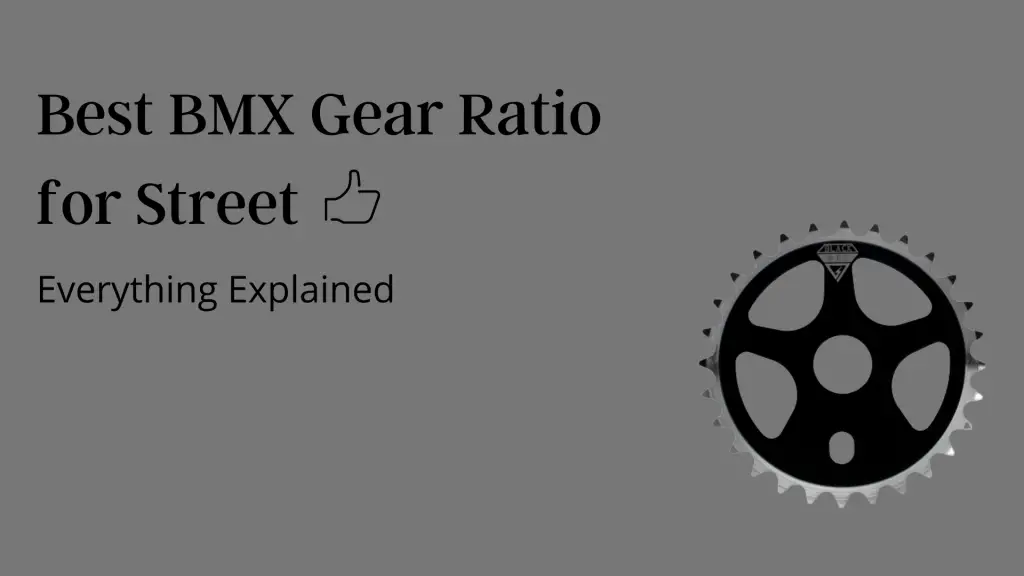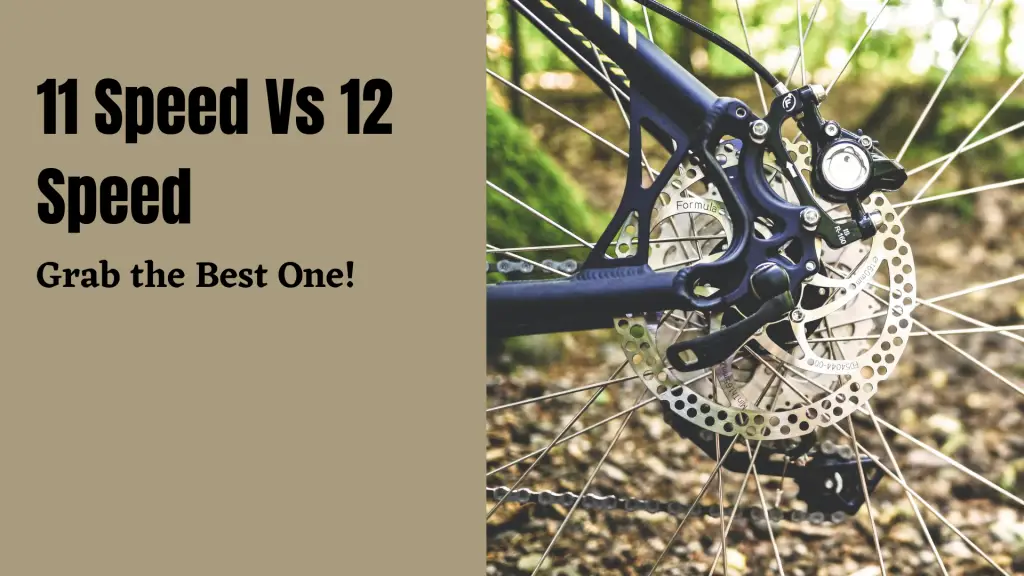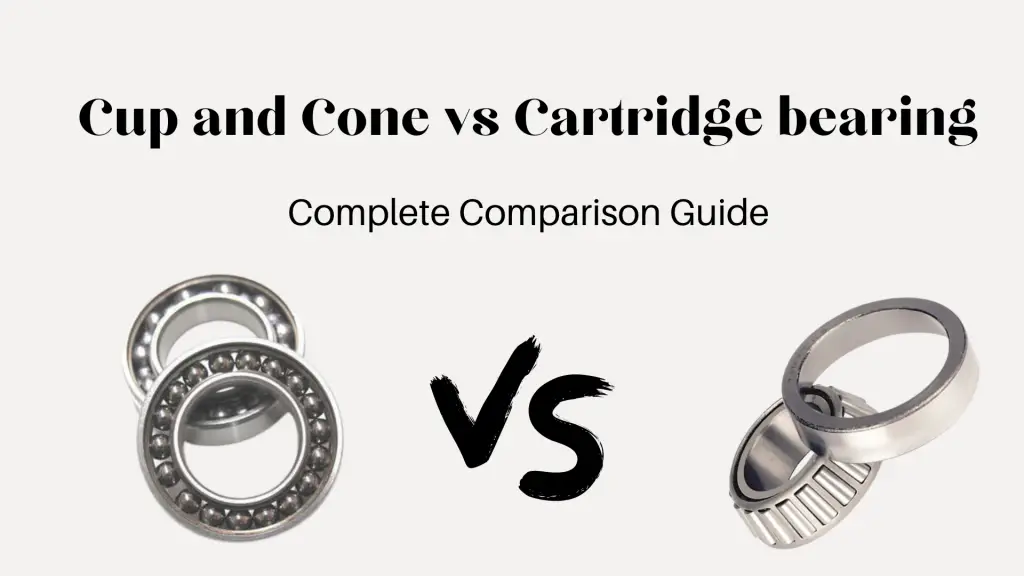Ball Bearings are one hell of devious little things. They, being one of the most important components for gears, are always in a hurry to fall out of bicycle hubs.
You must be willing to replace your current ball bearings. And that’s why, learning how many bearings there are, is quite important to you.
So it comes to the question of how many ball bearings in a bicycle hub?
There are 9 ball bearings on each side of the rear bicycle hub. In the front, there are usually 10 on each side. This means a total of 18 in the rear and 20 in the front. However, vintage bicycle hubs sometimes have 13 on each side in the rear.
This was just an overview. If you are willing to replace ball bearings, we have some tricks up our sleeves through which you don’t need to know the exact number. In our article, we’ll go through those in detail.
So what are you waiting for? Let’s dig in!
General Ball Bearing Arrangement in Hubs
In almost all the bicycle hubs, there exists a common arrangement for ball bearings. You see, keeping exceptions aside, there are 9 ball bearings on each side in the rear hub. The size of these bearings is ¼ inches in diameter.
On the front bicycle hubs, the number of ball bearings is usually 10 on each side. The diameter of the ball bearings in front is 3/16 inches.
So, it gives a total of 18 ball bearings in the rear. And, 20 in the front. This is because bearings persist on both sides of the hub.
However, this is the most common ball-bearing arrangement. And these numbers are found in most modern bike hubs in both
But if you have got yourself a vintage hub like The 1985 Maillard Helicomatic, the number is a bit different. Here you need 13 ball bearings in the rear.
Again, the Shimano XTR has 11 ball bearings on each side of the front. So as you can see, there are always exceptions. And it’s quite impossible to put out all these exceptions in one place.
However, we do have a solution for you. For that, let’s move on to our next segment.
Are You Replacing Ball Bearings?
Now we know why you are curious about knowing the number of ball bearings. You want to replace the current ball bearings in your hub. You must be facing performance issues with your current number.
Or, you are doing a routine replacement of ball bearings of your current bicycle. So in either way, you need to know how many ball bearings you’re gonna need.
In addition to this, old and worn-out bearings can also lead to an unengaging freehub.
Now if you have a regular modern bicycle hub, 9 in the rear and 10 in the front is gonna do it. However, if you have a vintage hub, or regular 9 and 10 is not giving you enough performance, there’s another way.
We’ve laid out 3 different options for replacing those little devils.
So let’s have a look at the options.
Option 1: Use As Many As Before
This is the first thing that you can do. You see, the bicycle hub is arranged in the cup and cone arrangement. So whenever you open up the hub, it’s a rule to count how many bearings there are.
If you don’t find major gaps between the bearings, none of them have fallen. And it’s quite safe to put those many bearings back. It’ll work just fine.
Option 2: The Full Less One Method
The cup holds the bearings. Here all you need to do is insert the ball bearings to the fullest into the cup. This is so that there is no room left for one more ball bearing.
After that, simply take out one bearing out of the cup. This will complete the method.
Source: torpedo7
Now the purpose for this method is quite simple. The bearings sit against the axle. And when the cone is added, they spread a bit. So if the cup is filled to its extent, the bearings would grind against each other.
This will cause additional wear to the be cups. You might need to replace the cup or even the hub itself if you totally fill the cup with bearings.
Option 3: Use Up More Than 50% of Cup Space
Now, this is not a rule to always follow the ‘Full Less One’ method. You see, the performance gradually improves once the ball bearings take up half of the cup space. So anything beyond that is good.
You can use this method if you are running low on fresh new bearing balls available near you. Just make sure to fill up half of the cup with the number of ball bearings available to you.
You should never use old or used ball bearings in the rear hub. This is dangerous. In fact, while replacing, all of them should be brand new and fresh.
We want you to never run out of ball bearings so that you can use the Full Less One method.
For that, here’s our recommendation on ball bearings for both front(3/16 inch) and rear( 1/4 inch).
Tips for Replacing the Ball Bearings
The ball bearings need to be changed quite carefully. This is to protect the internals. Let’s see.
- Fill the cup with grease before installing the new ball bearings. The grease is a must. Without it, the bearings and the cups might get damaged. You can use the Park Tool Polylube Grease in this case.
- Never fill the whole cup with ball bearings in such a way that there’s no room left. Leave some space to reduce the grinding between them. In this way, the cone will last longer.
Frequently Asked Questions (FAQs)
Now we’ll be going over some of the most commonly asked questions regarding ball bearings.
How many ball bearings are in a bicycle bottom bracket?
A bicycle bottom bracket generally has 11 bearings. These are lengths of ¼ inches and are loose ball bearings.
Are all hub bearings the same size?
No. All Hub bearings are not of the same size. The front hubs are 3/16 inches. The rear along with bottom brackets are of ¼ inches. And, the pedal and headset are 5/32 inches.
How do I know if my bike bearings are bad?
You can know your hub bearings are bad by putting your finger fast across the axle. If you can spin the axle fast enough, the bearings have gone bad. Also, the ride will be very rough and metallic.
Conclusion
This is the end of the line today folks. We really hope we’ve been able to clear your confusion regarding how many ball bearings in a bicycle hub.
Remember that filling out the cup for more than 50% space with ball bearings does the job. The higher you go, the better. But do leave room for one always.
If you have any more queries, do let us know in the comment section below. Till then, take good care of you bike!


